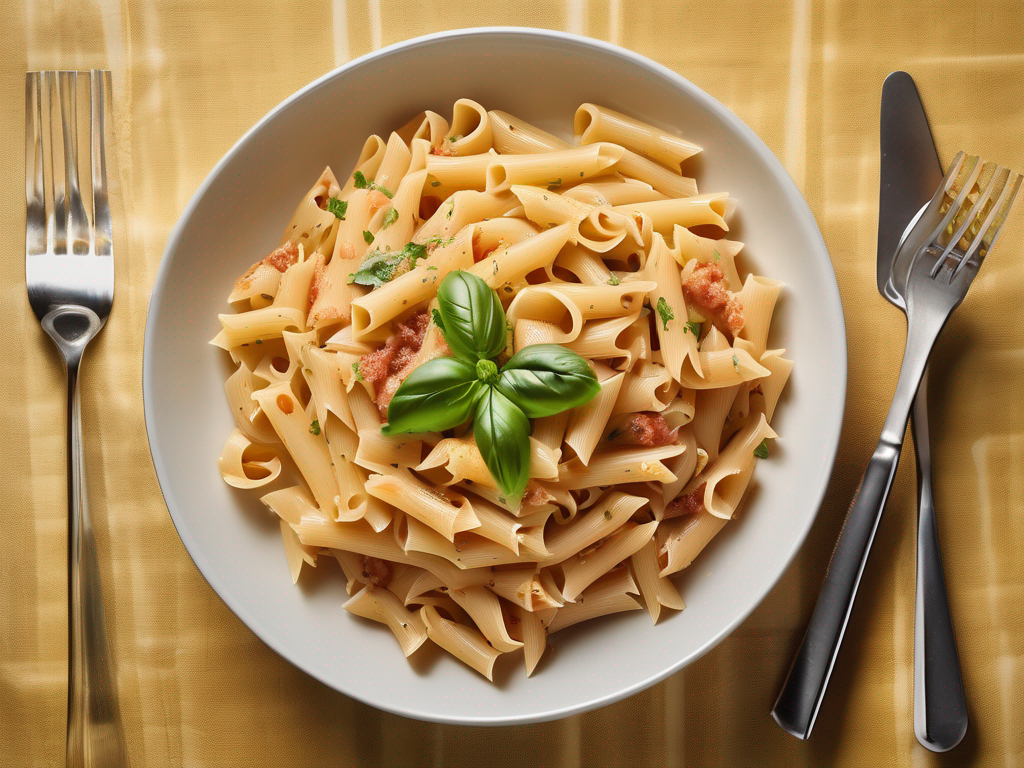
How to Tell if Your Pasta has Gone Bad
Get Your Free Food Safety Cheat Sheet
30 most common foods with instant answers. Print it and stick it on your fridge—completely free!
How to Tell if Your Pasta has Gone Bad
Pasta is a pantry staple in many households, known for its versatility and ease of preparation. Whether you enjoy spaghetti, penne, or fusilli, having pasta on hand can make mealtime a breeze. However, like any other food item, pasta can go bad if not stored or handled properly. In this guide, we will explore how to tell if your pasta has gone bad and provide tips on proper storage to ensure its freshness. (Pasta)
Signs of Spoiled Pasta
Pasta is a shelf-stable food item, meaning it can last a long time if stored correctly. However, there are several signs to look out for to determine if your pasta has gone bad:
1. Check the Expiration Date
- Always start by checking the expiration date on the pasta packaging. If the pasta is past its expiration date, it's best to discard it.
2. Inspect for Mold or Discoloration
- Mold growth or any unusual discoloration on the pasta is a clear indicator that it has spoiled. Do not consume pasta that shows signs of mold.
3. Smell Test
- Give the pasta a sniff. If it has a rancid or off-putting odor, it is likely spoiled and should be thrown away.
4. Texture Changes
- Spoiled pasta may become slimy, sticky, or have a change in texture. If the pasta feels unusual to the touch, it's best to err on the side of caution and discard it.
5. Taste
- If you cook the pasta and notice an off taste or strange flavor, it is a sign that the pasta has gone bad.
Proper Pasta Storage Tips
To prolong the shelf life of your pasta and maintain its quality, follow these storage tips:
1. Store in a Cool, Dry Place
- Keep your pasta in a cool, dry pantry away from heat and humidity. Exposure to moisture can cause the pasta to spoil more quickly.
2. Use Airtight Containers
- Transfer pasta to airtight containers or resealable bags to protect it from air and moisture, which can lead to spoilage.
3. Avoid Sunlight
- Store pasta away from direct sunlight, as UV rays can degrade the quality of the pasta over time.
4. Check for Pests
- Regularly inspect your pasta storage area for any signs of pests, such as insects or rodents, that may contaminate your pasta.
5. Rotate Stock
- Practice FIFO (first in, first out) when it comes to using your pasta stock. Use older pasta first to ensure freshness.
Conclusion
In conclusion, it's essential to know how to tell if your pasta has gone bad to prevent foodborne illnesses and maintain food safety standards. By being vigilant and following proper storage guidelines, you can enjoy your pasta dishes with confidence, knowing that they are safe to eat. Remember to check for signs of spoilage, such as mold, unusual odors, texture changes, and off flavors, and always adhere to storage recommendations to extend the shelf life of your pasta. Enjoy your pasta dishes knowing they are fresh and safe to consume!
For more information on pasta, check out our pasta section. (Pasta)
Related Posts
Here are some other articles you might find helpful:
- Safely Reheating Cooked Tortellini Leftovers: A Guide to a Delicious Meal
- How to Properly Check for Freshness in Common Wheat Before Consuming
- The Best Containers for Storing Cooked Linguini Leftovers
- Maximizing the Shelf Life of Common Wheat: Effective Storage Methods
- Keeping Your Cooked Linguini Leftovers Mold-Free
Authoritative Food Safety References
These agencies and university labs inform every tip and health precaution we publish.
USDA FoodKeeper – Cold Storage Guidelines
Official refrigerator, freezer, and pantry timelines maintained by the U.S. Department of Agriculture.
Visit USDA FoodKeeperFDA Produce Safety Rule & Grower Guidance
Field-to-fridge handling practices that prevent contamination of fruits, vegetables, and leafy greens.
Visit FDA Produce SafetyCDC Foodborne Illness Prevention Hub
Surveillance-backed guidance on pathogens, symptoms, and steps to reduce foodborne illness risk.
Visit CDC Food SafetyUC Davis Postharvest Technology Center
University research detailing optimal storage atmospheres for produce after harvest.
Visit UC Davis PostharvestPenn State Extension – Home Food Preservation & Safety
Peer-reviewed extension bulletins on safe canning, chilling, and reheating practices.
Visit Penn State ExtensionGet Your Free Food Safety Cheat Sheet
30 most common foods with instant answers. Print it and stick it on your fridge—completely free! Want more? Upgrade to the complete guide with 70+ foods.
Scan your food directly and get instant safety info using our AI-powered camera feature.